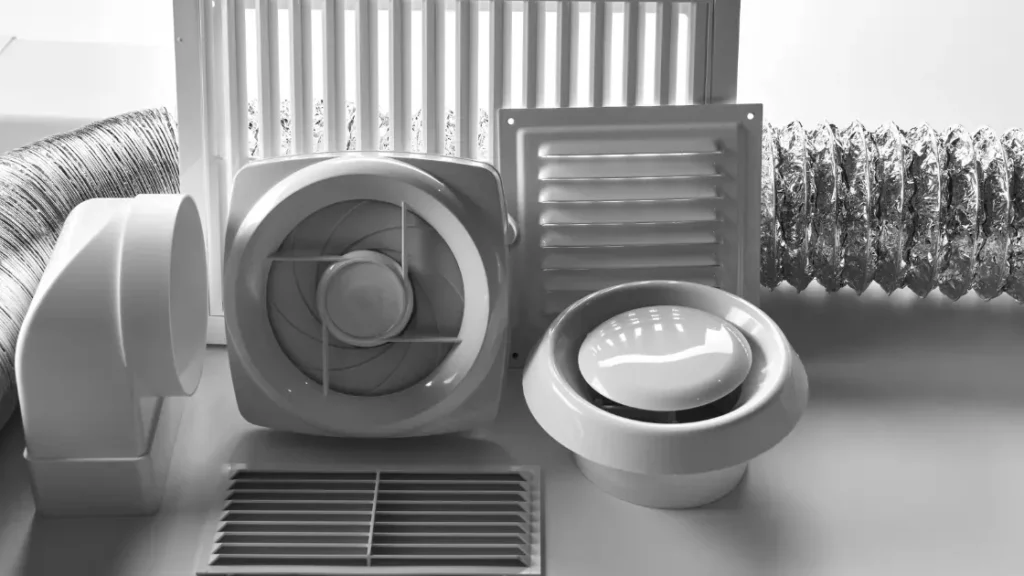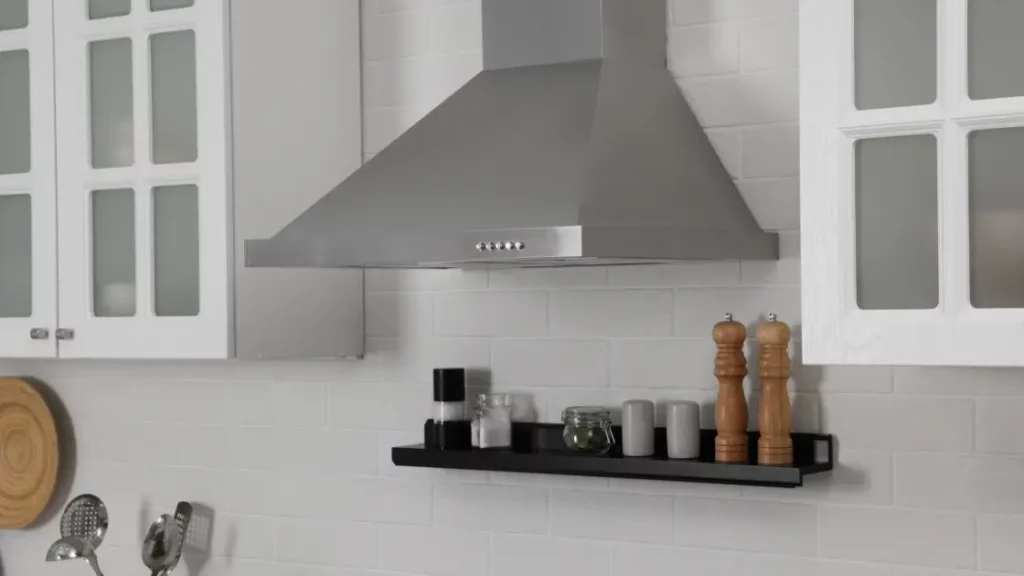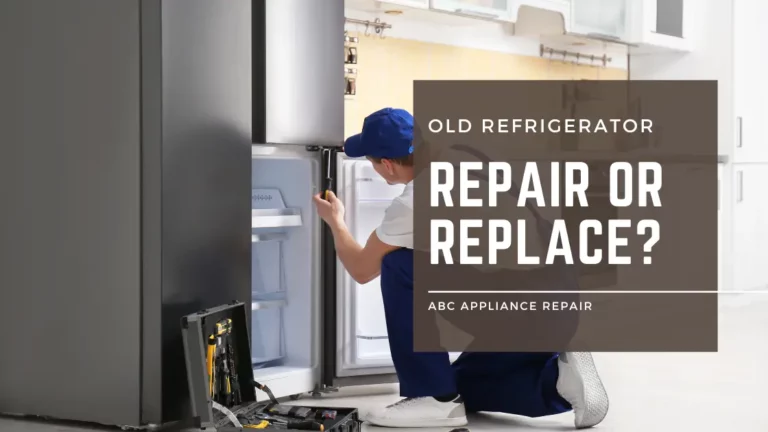When it comes to designing a functional and efficient kitchen, proper ventilation is a crucial factor to consider. A well-ventilated kitchen not only helps eliminate odors and smoke but also improves indoor air quality. Two popular options for kitchen ventilation are downdraft systems and hood fans.
In this article, we will delve into the details of these two systems, comparing their functionality, performance, and suitability for different kitchen setups. By the end, you will have a comprehensive understanding of downdraft and hood fan systems, enabling you to make an informed decision for your kitchen.
Understanding Downdraft Ventilation Systems
Downdraft ventilation is a unique system that removes cooking odors and smoke by drawing them downward rather than upward. This system is typically integrated into the countertop or cooktop surface. The downdraft vent unit plays a central role in this setup, as it draws the air downward and then expels it through a duct that is connected to the exterior of the house. The installation of a downdraft system requires careful consideration of the ductwork to ensure efficient airflow and performance.

Advantages of Downdraft Ventilation System
- Space-saving design: Downdraft systems are compact and installed directly into the countertop or kitchen island, helping to save valuable space in the kitchen.
- Unobstructed views: Unlike hood fans, downdrafts don’t obstruct the line of sight in the kitchen. This can be particularly beneficial for open-concept kitchens or when there is a beautiful view to enjoy.
- Flexible placement options: Downdraft vents can be installed anywhere within the proximity of the cooking surface, making them suitable for islands, peninsulas, or even against walls.
- Efficient capture of fumes: These systems effectively capture cooking fumes at the source as they rise from pots and pans. The downward airflow helps ensure that steam, smoke, and odors are drawn away efficiently.
Disadvantages of Downdraft Ventilation System
- Reduced effectiveness with higher cooktops: Downdraft ventilation may not work as effectively with tall pots or with certain types of cooktops such as gas burners. The height difference between the cooking surface and the downdraft system could limit its ability to capture fumes efficiently.
- Limited ventilation capacity: Compared to hood fans, downdraft systems may have lower airflow capacity and may struggle to handle heavy smoke or strong odors from intense cooking. This limitation could result in less effective air purification.
- Noise levels: Some downdraft models can generate more noise compared to hood fans due to their specific design requirements. The noise level can vary depending on the model and installation setup.
- Cost considerations: Installing a downdraft system typically requires professional installation, which can add to the overall cost. Additionally, these systems often come at a higher price point compared to traditional hood fans.
Hood Fans: A Traditional Approach
Hood fans, also known as range hoods, have been a staple in kitchen ventilation for many years. They come in different types such as wall-mounted hoods, under-cabinet hoods, and island hoods. Hood fans operate by capturing cooking odors and smoke from above the cooktop area, directing them through a duct, and expelling them outside the house. These systems provide a strong and efficient airflow, making them suitable for kitchens with high cooking demands.

Advantages of Hood Fan Ventilation System
- Highly effective removal of fumes: Hood fan systems are designed specifically for efficient removal of cooking fumes, smoke, steam, and odors from the kitchen. They are particularly effective when combined with proper exhaust ducting.
- Versatile ventilation capacity: Many hood fan models offer various speed settings to accommodate different cooking needs. This allows for higher airflow capacity when necessary, making them suitable for heavy-duty cooking or households that frequently cook strong-smelling foods.
- Wide range of design options: Hood fans come in a variety of styles, sizes, and finishes, providing homeowners with greater flexibility to match their kitchen decor. From sleek stainless steel designs to decorative options, there is a wide array of choices available.
- Superior capture efficiency: Hood fans are generally mounted directly above the cooking surface which optimizes their ability to capture fumes effectively. This feature is particularly advantageous when using high heat or cooking methods that generate more intense levels of smoke.
Disadvantages of Hood Fan Ventilation System
- Space requirements: Hood fans require sufficient space above the cooktop or stovetop. This can be challenging in kitchens with low ceilings or limited wall space. It may also interfere with upper cabinets if not properly planned.
- Obstructed views: Depending on the size and design of the hood fan, it could obstruct views in open-concept kitchens or block natural light coming through windows located behind the stove area.
- Limited placement options: Traditional hood fans must be installed against a wall, restricting their placement possibilities compared to downdraft systems.
- Aesthetics and visual impact: The size and design of some hood fans may overpower smaller kitchens or clash with certain styles. Finding a balance between functionality and aesthetics can sometimes be a challenge.
Performance and Efficiency Comparison
When choosing between downdraft and hood fan systems, it is crucial to consider their performance and efficiency. Several factors come into play, including airflow capacity, capture efficiency, noise levels, energy consumption, and maintenance requirements.
Airflow Capacity: Downdraft vs. Hood Fans
Airflow capacity refers to the volume of air that a ventilation system can move within a given time frame. Hood fans generally have higher airflow capacity compared to downdraft systems. This is because hood fans are positioned directly above the cooktop, allowing them to capture smoke and odors more efficiently. On the other hand, downdraft systems may struggle to capture and expel smoke effectively, especially when dealing with intense cooking or using multiple burners simultaneously.
Capture Efficiency: Downdraft vs. Hood Fans
Capture efficiency is the ability of a ventilation system to capture and remove cooking byproducts effectively. Hood fans have been proven to have higher capture efficiency due to their proximity to the cooktop area. With their strong upward airflow, they can quickly collect and expel smoke, odors, and grease particles. Downdraft systems, however, may experience reduced capture efficiency, particularly when dealing with strong odors or smoke that rises quickly.
Noise Levels: Downdraft vs. Hood Fans
Noise levels can be an important consideration, especially for open-concept kitchen designs or kitchens adjacent to living areas. Downdraft systems generally operate at lower noise levels compared to hood fans, as the airflow is directed downward and away from the cooktop area. Hood fans, on the other hand, can produce more noise due to the upward airflow and the speed of the fan. However, many hood fan models offer multiple speed settings, allowing you to adjust the fan speed and noise levels according to your preference.
Energy Consumption: Downdraft vs. Hood Fans
Energy consumption is an important factor to consider when choosing a ventilation system, as it can impact your utility bills. Downdraft systems typically have lower energy consumption compared to hood fans. This is because downdraft systems have smaller vents and draw air in a downward direction, requiring less power to move the air. Hood fans, with their larger vents and stronger airflow capacity, may consume more energy.
Maintenance and Cleaning Considerations
Proper maintenance and cleaning are essential for the optimal performance and longevity of any ventilation system.
Cleaning and Filter Replacement
Both downdraft and hood fan systems require regular cleaning to remove grease buildup and maintain efficient airflow. Downdraft systems usually have removable filters that can be easily cleaned or replaced. Hood fans also have filters that require periodic cleaning or replacement. It’s important to follow the manufacturer’s guidelines for cleaning and maintenance to ensure optimal performance.
Professional Servicing Recommendations
Periodic professional servicing is recommended for both downdraft and hood fan systems. Professionals can inspect the system, clean hard-to-reach areas, and address any potential issues. Regular servicing helps maintain the performance and efficiency of the ventilation system, ensuring it functions properly and prolonging its lifespan.
Troubleshooting Common Issues
Occasionally, ventilation systems may encounter common issues that can affect their performance. Some common issues include reduced airflow, unusual noises, and malfunctioning controls. It is recommended to consult the user manual or contact a professional for troubleshooting steps to address these issues effectively.
Conclusion
Choosing the right kitchen ventilation system is crucial for maintaining a clean, odor-free, and healthy kitchen environment. Downdraft and hood fan systems offer different features and benefits, allowing you to choose the option that best suits your kitchen layout, cooking habits, and personal preferences. Consider factors such as space.







